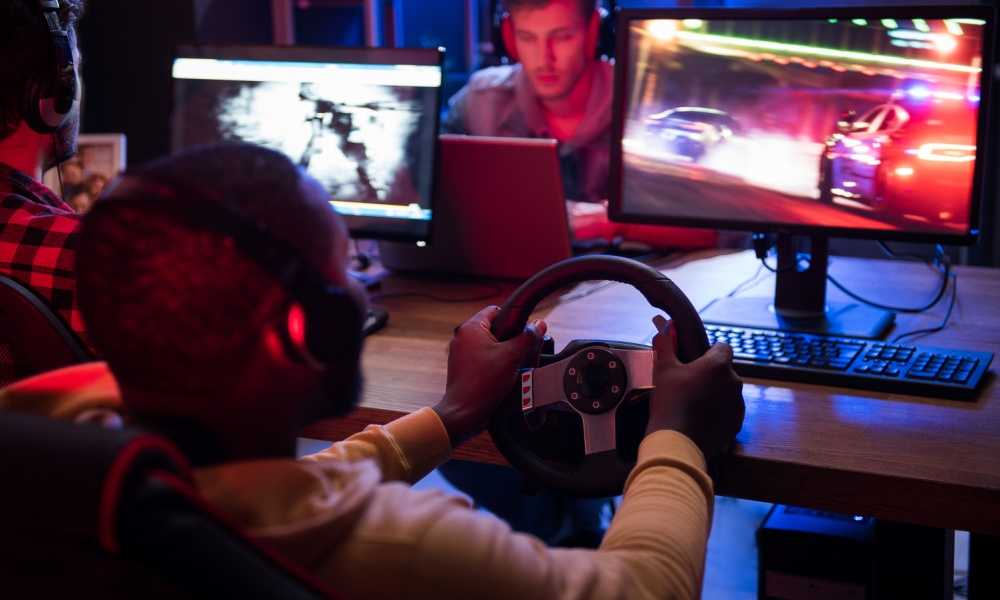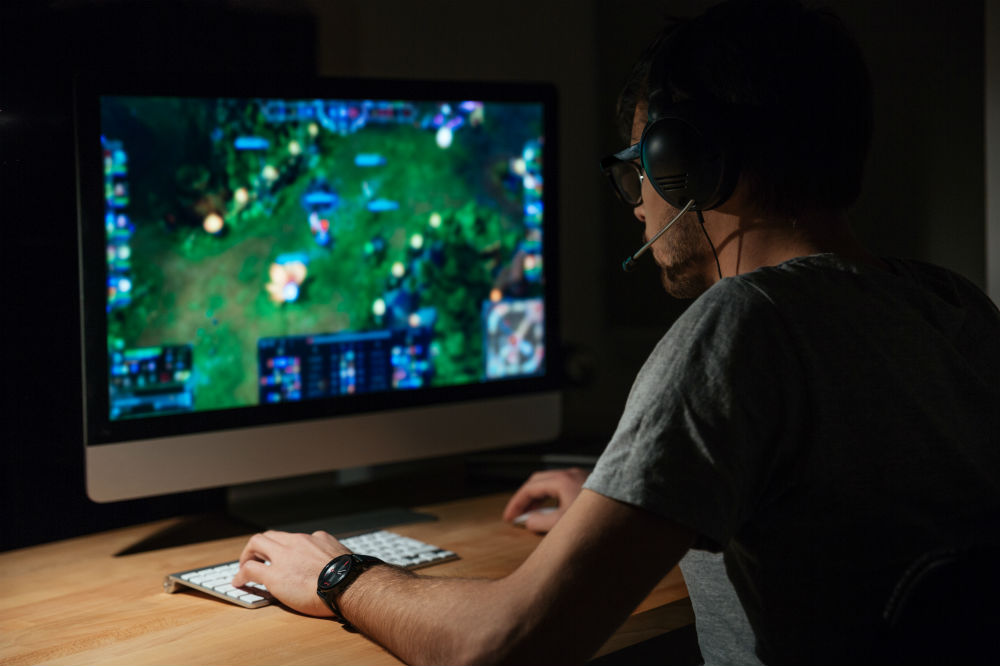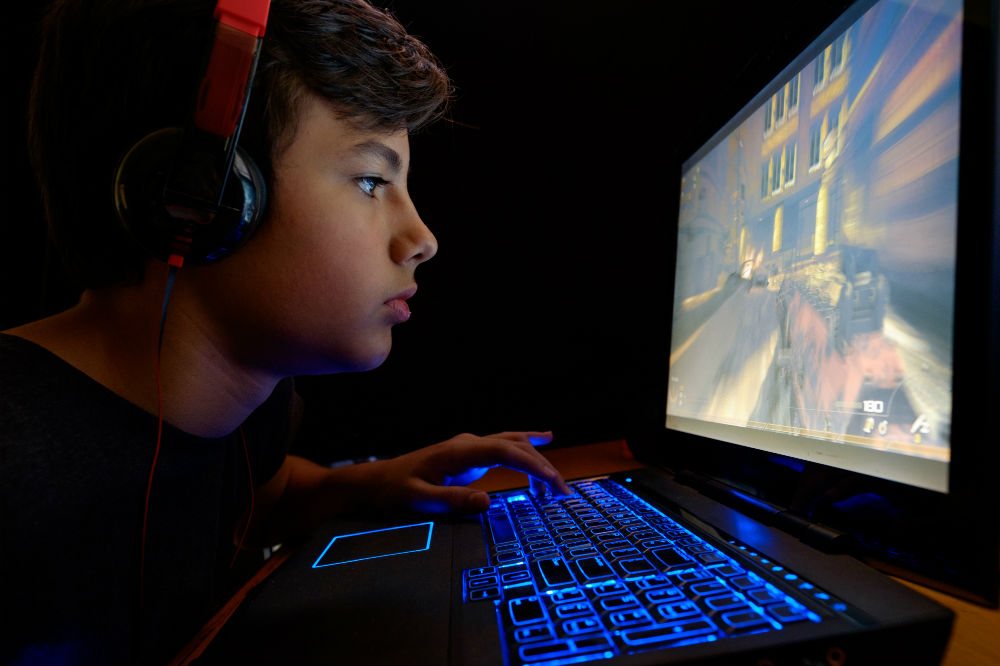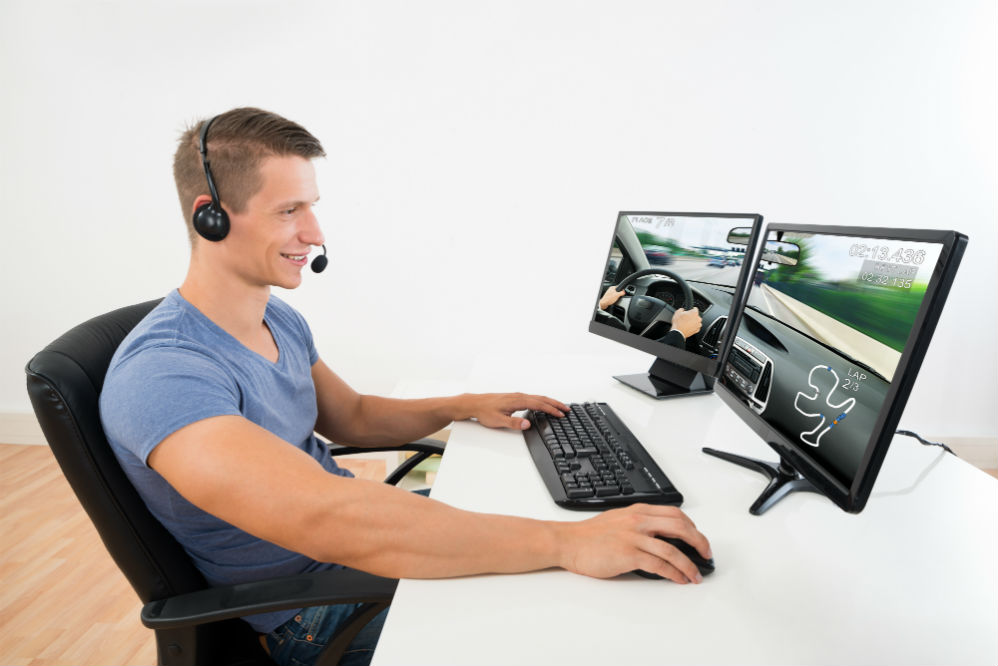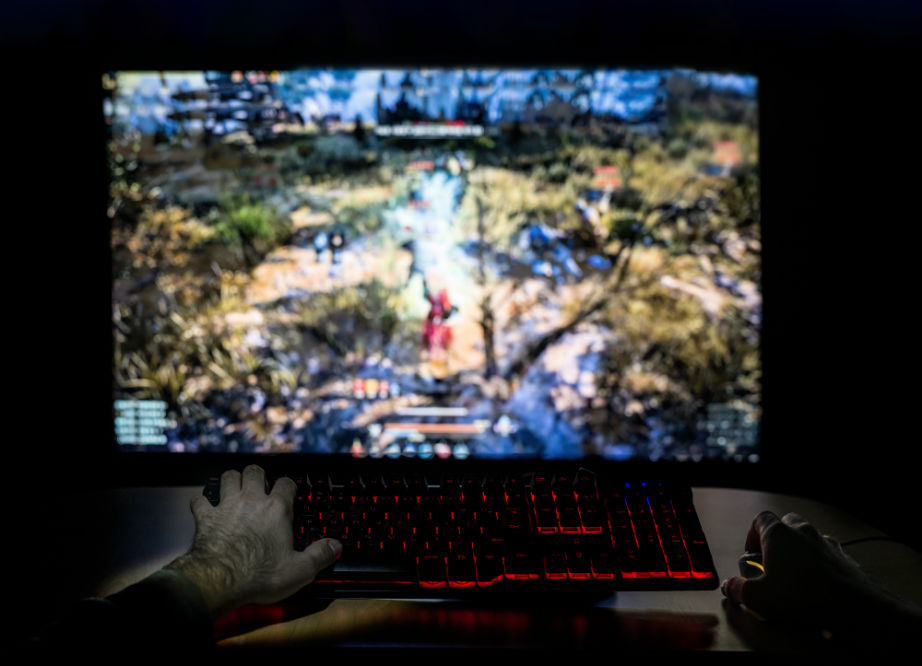When it comes to gaming, one of the most important aspects is to have a monitor that not only shows the true potential of your graphics card but that also gives you the ability to play without having to deal with lag delays.
There’s nothing more frustrating than your eyes not being able to stay in sync with your hands as a result of a monitor that has a poor response time. However, finding the right model can be a little difficult if you’ve never had to buy a gaming monitor before.
Below are some important things to take into consideration when you start to wonder, what is a good monitor response time for gaming?
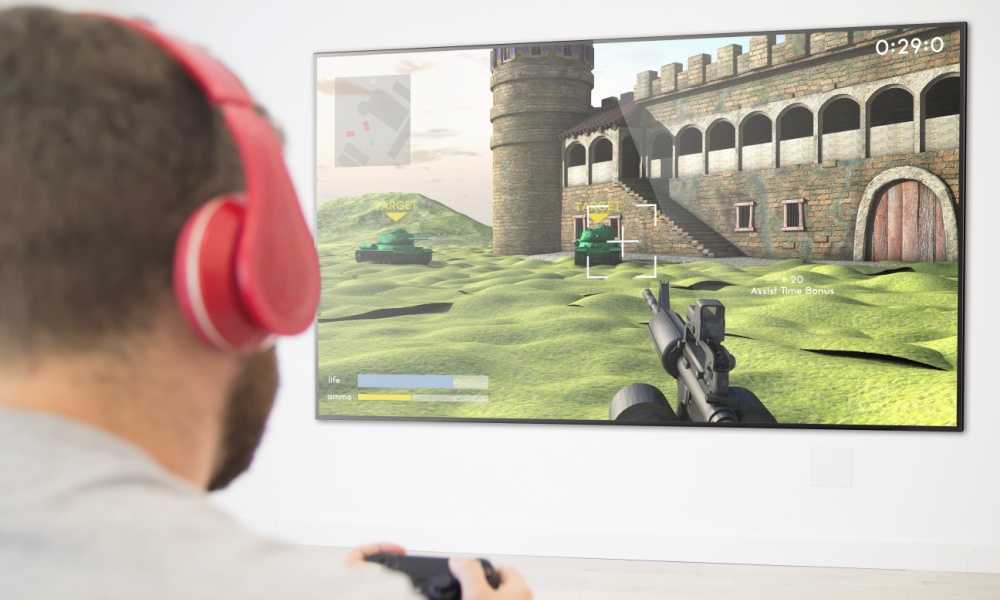
Talking About Refresh Rates and Response Times
The two most important things you’re going to need to think about when you ask, what is a good monitor response time for gaming, are refresh rates and response times as they are going to determine whether you fall victim to lagging or screen tearing.
If you ever tried to use an old CRT monitor for gaming, you undoubtedly noticed how difficult it would be to play any game ranging from an RPG to an MMO. On the other hand, over time, LCD screens had completely pushed CRT monitors to be obsolete.
This is because, with CRT monitors, each pixel needs to be refreshed, which is a very time-consuming process. Although it was beneficial for regular computing, it’s not recommended for gaming.
The biggest upgrade with LCD monitors is that the pixels do not need to be refreshed, and are instead frequently updated with new colors. The average response time for a modern monitor is dependent on how long it takes for new pixels to be generated and updated, which puts LCD monitors in the range of 60 Hz refresh rate and 15ms response time.
With that being said, 60 Hz still isn’t an optimal refresh rate and 15ms is a slow response time, which is only going to lead to colors blending together and movements being mashed together, which is why, in today’s day and age, gamers try to avoid LCDs.
Finding the Ideal Refresh Rate and Response Time
The general rule when it comes to gaming is that you need to find a monitor that is going to offer the fastest refresh rate possible with a high response time, which is where it might become a little expensive, but it will surely revolutionize your gaming experience.
Not everyone needs to spend a lot of money on a monitor, especially if you’re just a casual gamer who isn’t looking for the greatest experience possible, but you certainly won’t be able to go from a high-quality monitor to a low-quality one.
A few of the most important things to take into consideration when trying to figure out a good monitor response time for gaming include:
- Monitor size: The overall size of the monitor is going to have a strong impact on the resolution of the monitor. If you have a larger monitor, it’s going to affect the refresh rate.
- Resolution: Choosing the ideal resolution is not only connected to the size of the monitor but also your graphics card. Graphics cards are integrated into your computer and give it a certain amount of power when it comes to displaying different resolutions. You’re going to make sure that you choose a resolution that is easily supported by your graphics card in order to have the ideal response time.
- Graphics card: Finally, you need to take your graphics card into account as it can be responsible for lag and screen tearing. For example, if you have a Nvidia GTX 980 set to its maximum settings (1920×1080), you’ll have access to 87 frames per second (fps). If you were to choose a monitor that enabled 60 fps, your graphics card would be substantially faster than the monitor, which would result in lag.
Choosing a Monitor with G-Sync
If you’re not the type of person to delve into the deep details of what type of graphics card you have or if you’re simply looking for the easiest option, try to find a monitor that enables G-Sync, which is a refresh rate technology that is incredibly adaptive and is designed to work perfectly with your existing graphics card.
When you use G-Sync, the monitor will be updated on its own as soon as the graphics card sends information to the monitor, ensuring that both are completely in sync the entire time that you’re gaming. You may also be able to find a monitor with FreeSync, which is an AMD technology that performs almost the same, helping to get rid of sync problems.
The largest advantage to G-Sync is that it will work perfectly with your computer and monitor forever, regardless of what the frame rate is of the monitor. With that being said, due to the fact that the technology gives you a seamless gaming experience with minimal effort, monitors with G-Sync or FreeSync are going to be more expensive, but it can be well worth the headache and effort.

What is the Perfect Response Time for Gaming?
At the end of the day, the main thing to remember is that when you’re thinking about response time and refresh rate, there aren’t exact figures to take into consideration. You’re going to want to think about finding a monitor that has the fastest refresh rate and the highest response time for your budget.
In an effort to take the majority of the work out of trying to find the right gear for your rig, there’s always the option of buying an advanced monitor with G-Sync or FreeSync to help make the task much simpler.
The more often you game, the more likely you are to find the ideal setup for your entertainment, which gives you the ability to make the most out of your free time.

